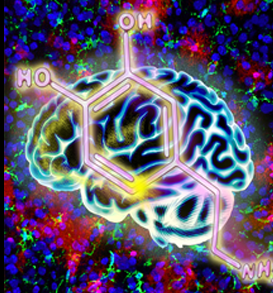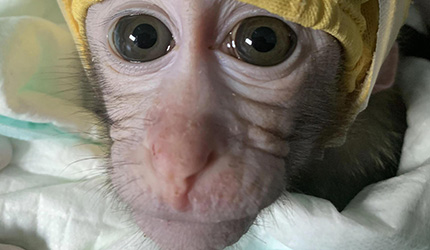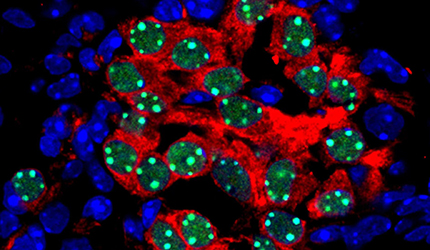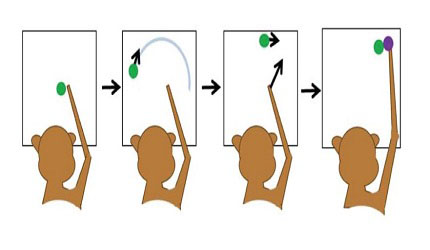
Recently, researchers successfully constructed a crab-eating monkey model with early-onset epileptic encephalopathy through single-base editing technology. The model reproduces the typical clinical features of human patients in aspects of genotype, neuron, brain activity (EEG), behavior, and drug interventions. The establishment of this model also provides new tools for subsequent disease mechanism research, intervention exploration, and drug testing. This research was mainly completed by the SUN Qiang’s Group and the LIU Zhen’s Group at CEBSIT, and the Huang Xingxu Group of ShanghaiTech University.

A recent study published in Cell Reports revealed the single-cell transcriptome characteristics of mouse otic neuronal lineage at three different embryonic stages E9.5, E11.5 and E13.5, and discovered a variety of new genes specific for otic precursor and for inner ear ganglion subtypes. The results of this study provide a new theoretical basis for the treatment of balance and auditory dysfunction caused by abnormal inner ear ganglia. This work was performed by researchers in LIU Zhiyong’s lab at CEBSIT, and the research group of WEI Wu at the Shanghai Institute of Nutrition and Health (SINH), CAS.

A recent study published in Proceedings of the National Academy of Sciences demonstrated that a brain region in the posterior parietal cortex (PPC) predicts upcoming movements in dynamic sensorimotor control. This work was led by Dr. CUI He at CEBSIT. This work has successfully established a novel behavioral paradigm which is capable of decouple the neural encoding of movement from the encoding of the sensory cue that led to the movement. The result will inspire further studies to discriminate the encoding of different highly correlated yet distinct task/behavioral parameters in sensorimotor control.
